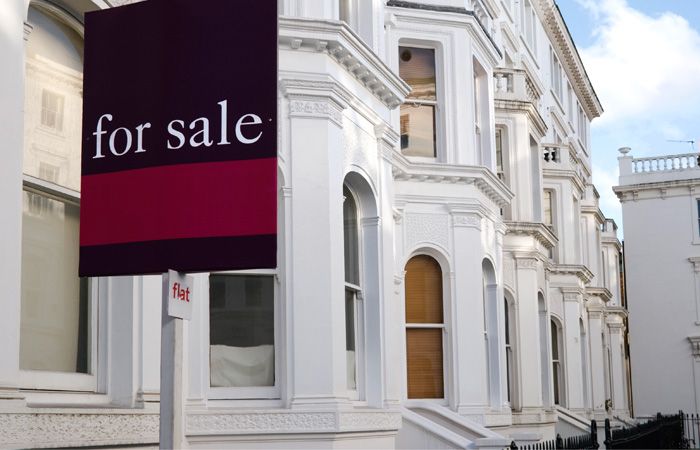
House prices rose at their fastest monthly rate since 2007 in September, increasing by 1.7% to £267,587 and by 7.4% year on year, the latest index from Halifax reveals.
This marked a turnaround after a three-month downward trend in annual inflation, which peaked at 9.6% in May.
Halifax calculates that house price increases over the period covered by the stamp duty holiday have far outstripped typical savings on the tax.
It says that in June 2020, the month before the stamp duty holiday began, the average house price was £239,317, meaning that a home mover would have faced a stamp duty bill of around £2,300.
By September 2021, average house prices were some £28,270 higher – more than 12 times greater than that initial saving.
Now, with the tax break over, a home mover would face a bill of nearly £3,400 for the same property, as with the average property price now £267,587, a buyer would be pushed into a higher tax bracket because a 5% rate applies on homes sold for between £250,001 and £925,000.
Returning to the index, Wales continues to record the strongest annual growth of any UK region or nation with prices up by 11.5% to £194,286 in September.
Scotland also continues to outperform the UK national average, with growth of 8.3% to £188,525.
The South West remains the strongest performing region in England, with annual house price growth of 9.7% to £276,226.
The North West saw the next biggest increase, with house prices up by 9% year-on-year to £201,927, marginally ahead of Yorkshire and Humber where prices rose by 8.9% to £186,815.
The weakest performing regions for annual house price growth were also those with the highest average prices.
In Greater London prices rose by just 1% year on year to £510,515.
Eastern England has seen annual growth of 7.2% to £310,664 and while in the South East prices rose by 7% to £360,795.
Halifax managing director Russell Galley says: “While the end of the stamp duty holiday in England – and a desire amongst homebuyers to close deals at speed – may have played some part in these figures, it’s important to remember that most mortgages agreed in September would not have completed before the tax break expired.
“This shows that multiple factors have played a significant role in house price developments during the pandemic.
“The ‘race-for-space’ as people changed their preferences and lifestyle choices undoubtedly had a major impact.
“Looking at price changes over the past year, prices for flats are up just 6.1%, compared to 8.9% for semi-detached properties and 8.8% for detached.
“This translates into cash increases for detached properties of nearly £41,000 compared to just £6,640 for flats.
“Against a backdrop of rising pressures on the cost of living and impending increases in taxes, demand might be expected to soften in the months ahead, with some industry measures already indicating lower levels of buyer activity.
“Nevertheless, low borrowing costs and improving labour market prospects for those already in employment are likely to continue to provide support.
“Perhaps the biggest factor in determining the future of house prices remains the limited supply of available properties.
“With estate agents reporting a further reduction in the number of houses for sale, this is likely to underpin average prices – though not the recent rate of price growth – into next year.”
Glenhawk chief executive Guy Harrington says: “Against a backdrop of painful stock market volatility and consumers being squeezed by fuel shortages and rising gas prices, the UK’s obsession with home ownership and the government’s inability to increase supply continues to drive what is frankly eye-watering house price growth.
“Whilst the cliff edge predicted is seemingly nowhere in sight, don’t be fooled.
“A reversal of the ‘race for space’ phenomenon and a less favourable credit environment are both inevitable, which in combination will likely bring this juggernaut to a screeching halt.”
Radstock Property co-founder George Franks adds: “September’s insane price growth offers yet more proof that life and work changes brought on by the pandemic have been equally, if not more, influential on the housing market than the stamp duty holiday.
“What we also know is that the impact of the pandemic on housing preferences is still only beginning.
“What people want from their homes has changed fundamentally and the recalibration will play out over years, not months.
“The major problem, as ever, is the astonishing lack of supply.
“This, coupled with absurdly low mortgage rates, will support prices in the short term at least and negate the impact of rising inflation.
“The fundamentals continue to favour a stabilisation of the market rather than a fall in values.”



